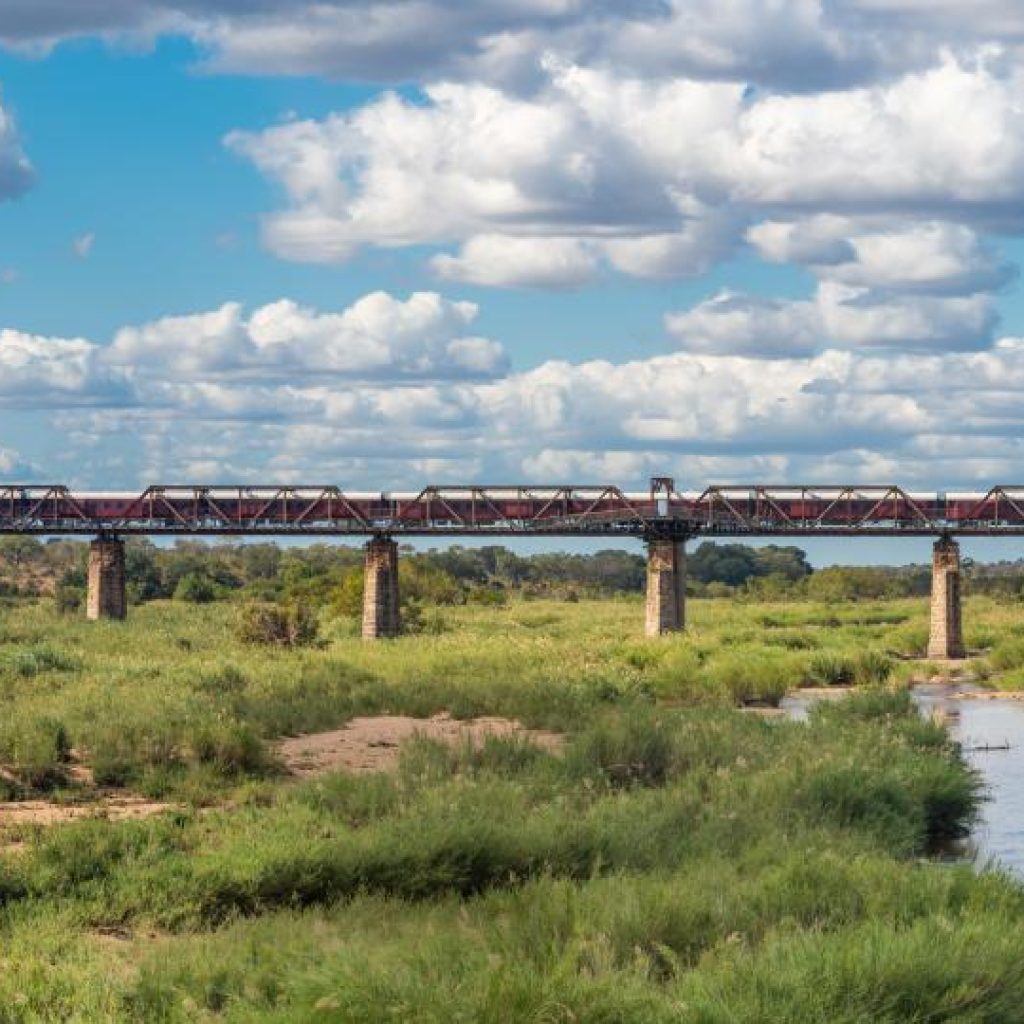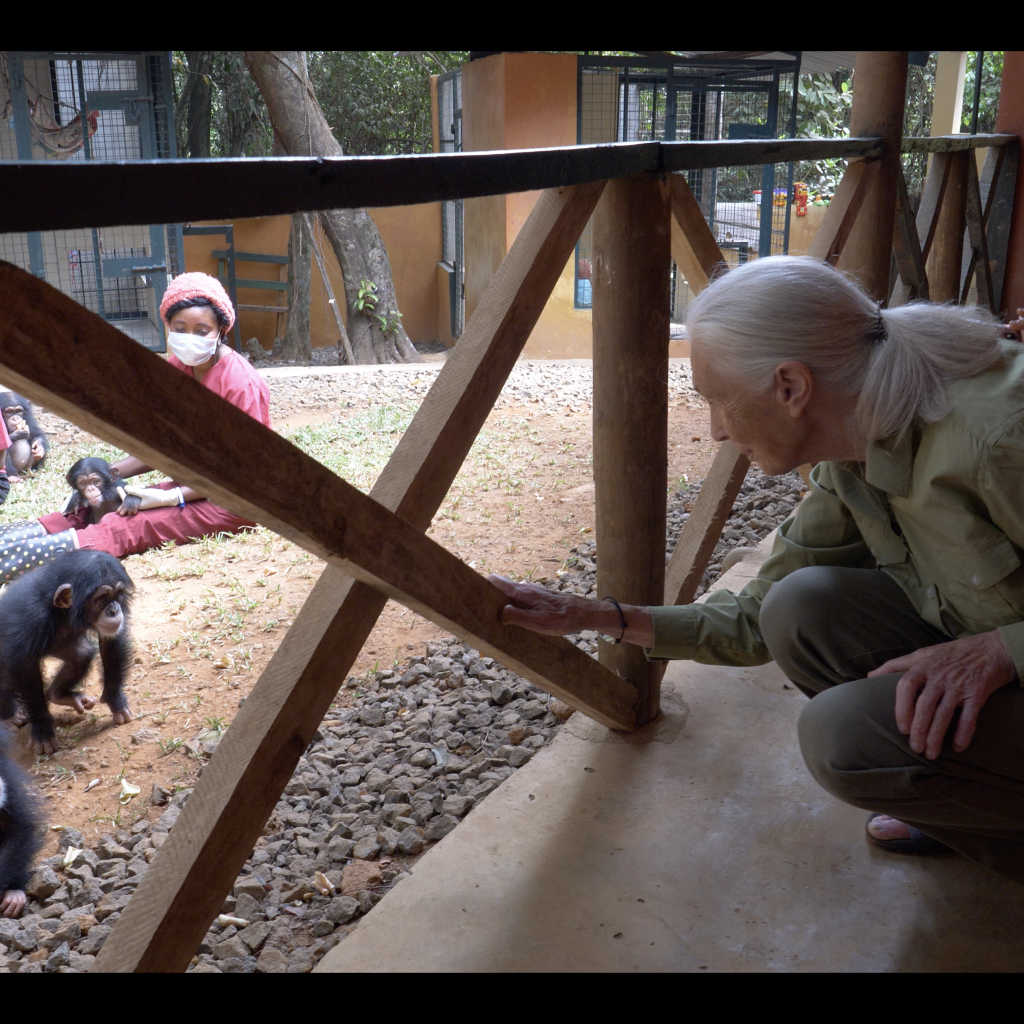
Selati Bridge – where the Kruger Shalati Train on The Bridge is located – marked 100 years today (October 25) since the first tourists entered Kruger National Park by rail.
The rich history of Kruger Shalati began in 1886 with the discovery of gold in the Selati River basin, drawing a surge of fortune seekers to the Murchison Range, southeast of Tzaneen.
In 1893, plans were approved for a railway line, which was completed by 1894, connecting Komatipoort to Newington (now in the Sabie Sand Game Reserve), except for the Sabi Bridge, now known as the Selati Bridge, at Skukuza. However, construction was delayed due to corruption and the South African War in 1899. It resumed in 1909, and the Selati line officially opened for railway traffic in 1912, marking its completion.
In 1923, as the gold reserves dwindled, the ‘Round in Nine Tour’ (a nine-day tour of Mozambique and the Lowveld) was introduced to bolster the railroad’s profits.
James Stevenson-Hamilton, the Park’s first warden, collaborated with the organising authority to promote Kruger Park. The tour included a night’s rest at the Selati Bridge before proceeding to Newington at the break of dawn.
The captivating leg through the game reserve was one of the trip’s highlights. Evenings came alive with enchanting tales, melodies from a grand piano, and exquisite dining experiences around a campfire near the Selati Bridge. A skilled game ranger accompanied the tour, guiding eager tourists on short walks through the untamed bush.
The birth of a culture of conservation
This pivotal moment marked the birth of a culture of conservation. Stevenson-Hamilton stated: “The public’s fascination with animals and the conversations I overheard among guests gave me confidence in the potential of our national park scheme. It could be a cherished asset to the country, and hearteningly, the South African public, despite tradition, demonstrated a profound appreciation for wildlife without a desire to harm them.”
Over time, the number of trains multiplied, and environmental concerns emerged. The Selati Line was eventually rerouted along the Park’s border, and after 50 years, the popular overnight Kruger bush feast bade farewell in 1973.
However, in 2016, a vision of restoration emerged. SANParks aimed to rekindle this illustrious history, creating an enchanting space where visitors could revisit this unique experience. The Motsamayi Tourism Group had developed Kruger Shalati Train on the Bridge, and Kruger Station where the original train can be viewed in a modern setting.
In 2020, amidst the challenges of COVID-19, these iconic tourism destinations opened their doors, gaining resounding international acclaim.





About The Author: David DiGregorio
More posts by David DiGregorio